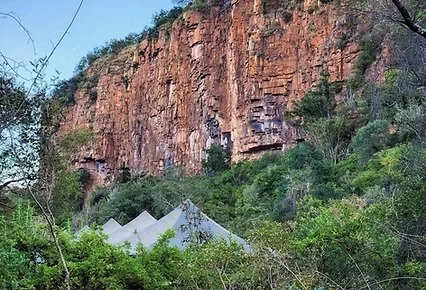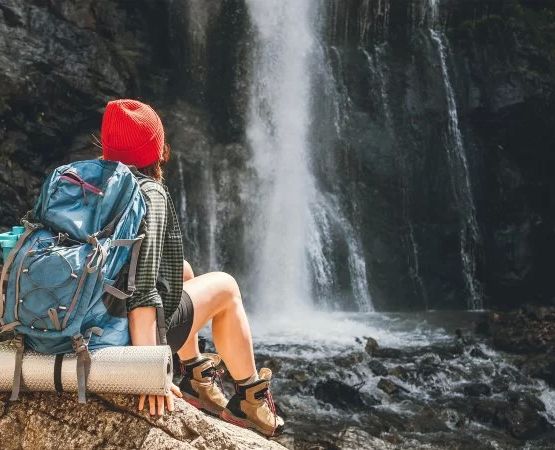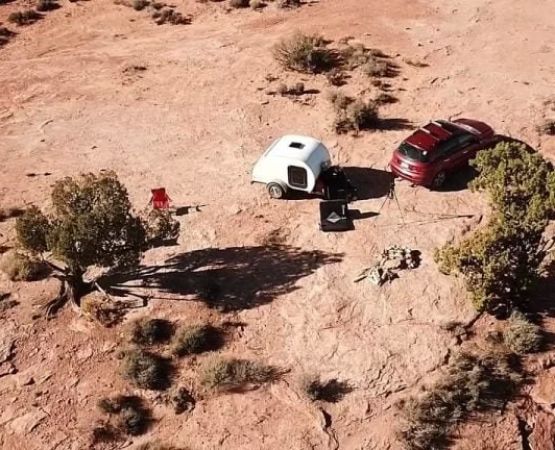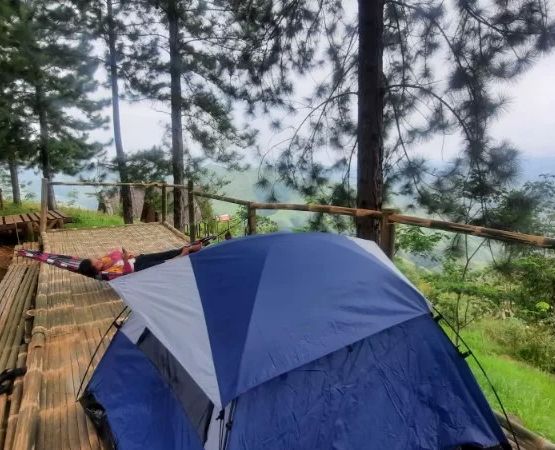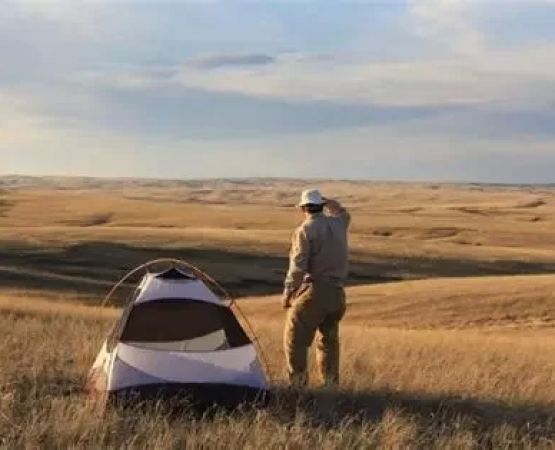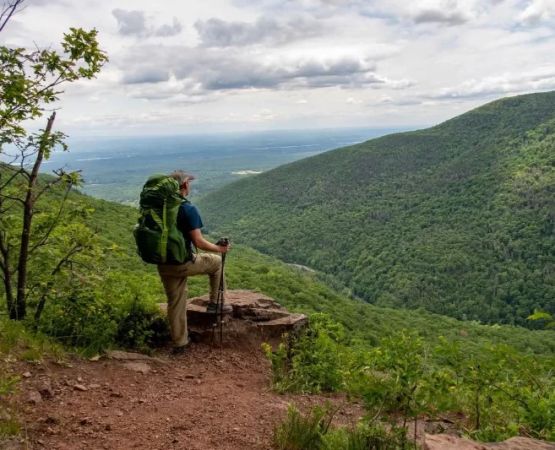- understanding-terraced-escarpment-terrain
- preparing-for-a-terraced-camping-trip
- choosing-the-right-spot-and-setting-up-camp
- safety-and-weather-considerations
- real-experiences-and-lessons-learned
- essential-gear-and-smart-packing-tips
1. Understanding Terraced Escarpment Terrain
What makes this landscape both challenging and beautiful
Terraced escarpments are dramatic landscapes shaped by nature’s geological artistry. They feature a sequence of step-like ridges or plateaus carved into mountainsides, often created by erosion or human cultivation. Camping in such environments offers breathtaking views but also unique challenges — uneven ground, limited flat space, and potential runoff during rainfall.
Before learning how to camp in terraced escarpment terrain, it’s important to understand its nature. Unlike forest or valley camping, where space is abundant, terraces demand precision and adaptability. Campers must balance their setup between stability, safety, and accessibility. These landscapes can be both peaceful and perilous, requiring awareness and proper preparation to ensure a safe and rewarding adventure.
2. Preparing for a Terraced Camping Trip
Planning and scouting before you climb
Preparation is everything when camping in terraced terrain. Start with research — understand the altitude, local weather, and soil composition of your chosen destination. Terraced regions often feature steep gradients and loose rock, so sturdy footwear and trekking poles are must-haves. Hydration is also crucial since hiking up or down terraces can quickly drain your energy.
Many outdoor enthusiasts recommend checking local topographic maps or even satellite imagery to identify potential camping zones. If you’re new to this type of camping, consider joining a guided trip organized by outdoor specialists like those at Pine Cliff Resort, who offer tailored experiences designed for different skill levels. Learning from professionals can make your first terraced camping trip not only safer but more enjoyable.
3. Choosing the Right Spot and Setting Up Camp
Finding balance in an uneven world
In terraced escarpment environments, your campsite location determines everything — from comfort to safety. The key is to find a stable, flat surface that’s slightly elevated but not too close to a drop-off. Avoid depressions where water could accumulate if it rains. The lower steps of terraces are often more humid, while higher ones can be windy and exposed.
When setting up your tent, use extra anchoring points to secure it firmly. Rocks or trekking poles can serve as reinforcement in areas with shallow soil. To maintain stability, face your tent’s entrance away from the slope and keep heavy gear on the downhill side to balance the load. Experienced campers also recommend sleeping with your head toward the incline to prevent discomfort and improve circulation overnight.
4. Safety and Weather Considerations
Respecting the terrain’s unpredictable nature
Terraced terrain camping demands awareness of environmental hazards. Weather can shift rapidly in elevated regions, with rain increasing the risk of slippery surfaces and erosion. Before pitching your tent, inspect the soil — loose sediment can give way under pressure. Always camp at least 30 feet away from cliff edges to reduce the risk of accidents.
Wind exposure is another major concern. Use low-profile tents designed for alpine conditions, and set up windbreaks using natural barriers like rocks or shrubs. If thunderstorms are expected, avoid camping near tall isolated trees or metal objects that could attract lightning. Safety should always come before scenery, no matter how tempting the view might be.
5. Real Experiences and Lessons Learned
Stories from the slopes
Many seasoned campers share stories about their first attempts at terrace camping — and the lessons learned the hard way. Take Ryan and Laura, a couple from Colorado, who decided to camp in a stepped canyon near the Rockies. They set up their tent on what seemed like a solid patch, only to wake up in the middle of the night to find their groundsheet soaked from runoff water. They later discovered that slight inclines on terraces can redirect rain flow faster than expected.
Another group of hikers recalled how terraced landscapes tested their teamwork. Setting up tents on uneven ground required communication, precision, and patience. By the end of their trip, they not only mastered how to camp in terraced escarpment terrain but also built stronger bonds through shared problem-solving. These real-world stories remind us that every slope teaches something new about resilience and adaptation.
6. Essential Gear and Smart Packing Tips
Travel light but smart
Camping in terraced terrain means carrying only what you truly need. Lightweight and compact gear will help you maintain balance while hiking steep slopes. Choose a tent with a strong frame, non-slip sleeping pads, and waterproof layers to handle sudden changes in weather. A good-quality tarp can provide extra coverage and prevent ground moisture from seeping in.
Waterproof boots, trekking poles, and quick-dry clothing are indispensable. Pack high-energy foods that don’t require heavy cooking gear — granola, jerky, and freeze-dried meals work well. If you’re unsure about the best equipment for terraced camping, Pine Cliff Resort offers expert recommendations and curated gear lists to help you prepare efficiently.
Finally, always follow Leave No Trace principles. Respect the delicate structure of terraced landscapes by minimizing your impact — avoid digging trenches or dislodging stones. Responsible camping ensures that future adventurers can experience these remarkable terrains just as you did — pristine, challenging, and awe-inspiring.

